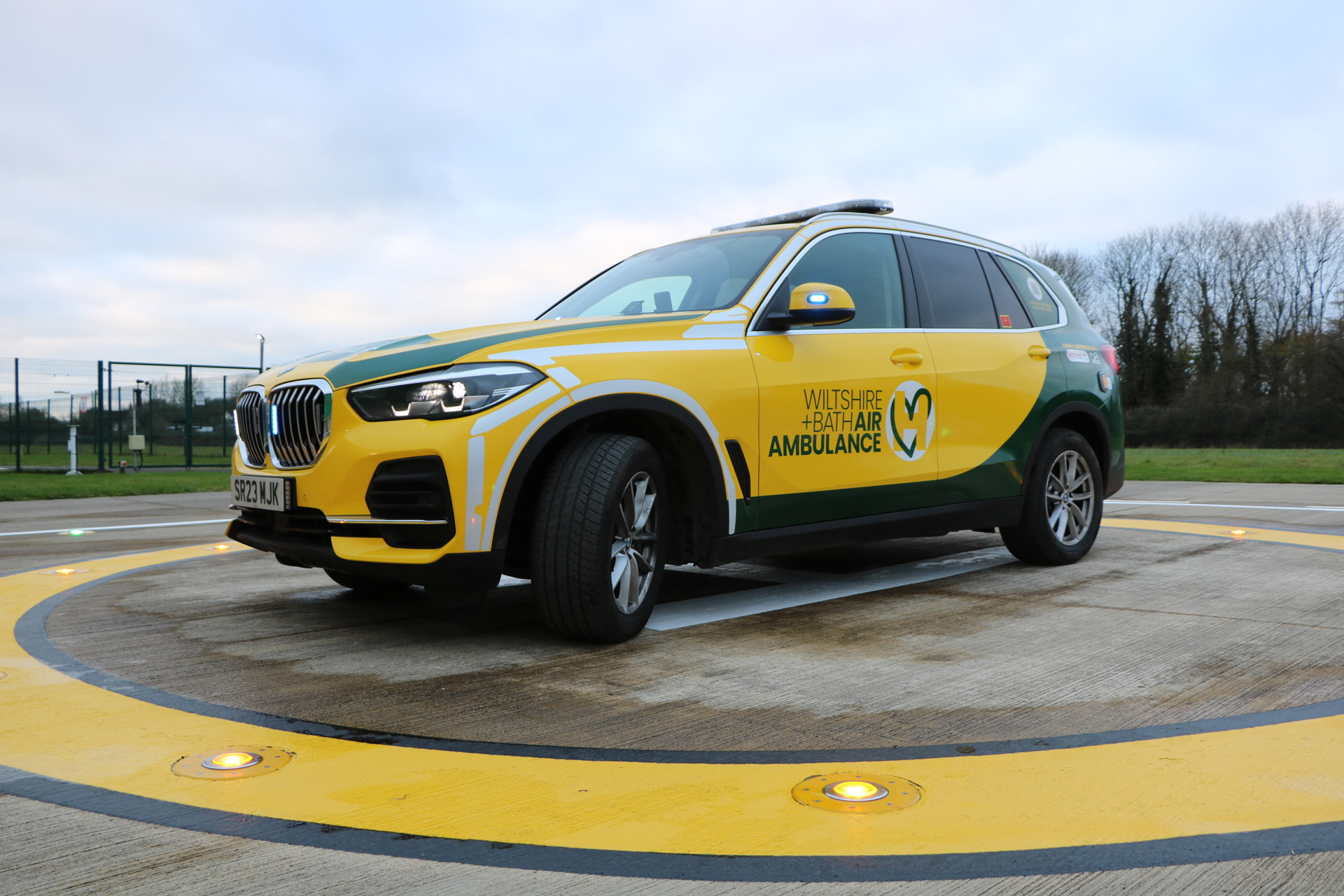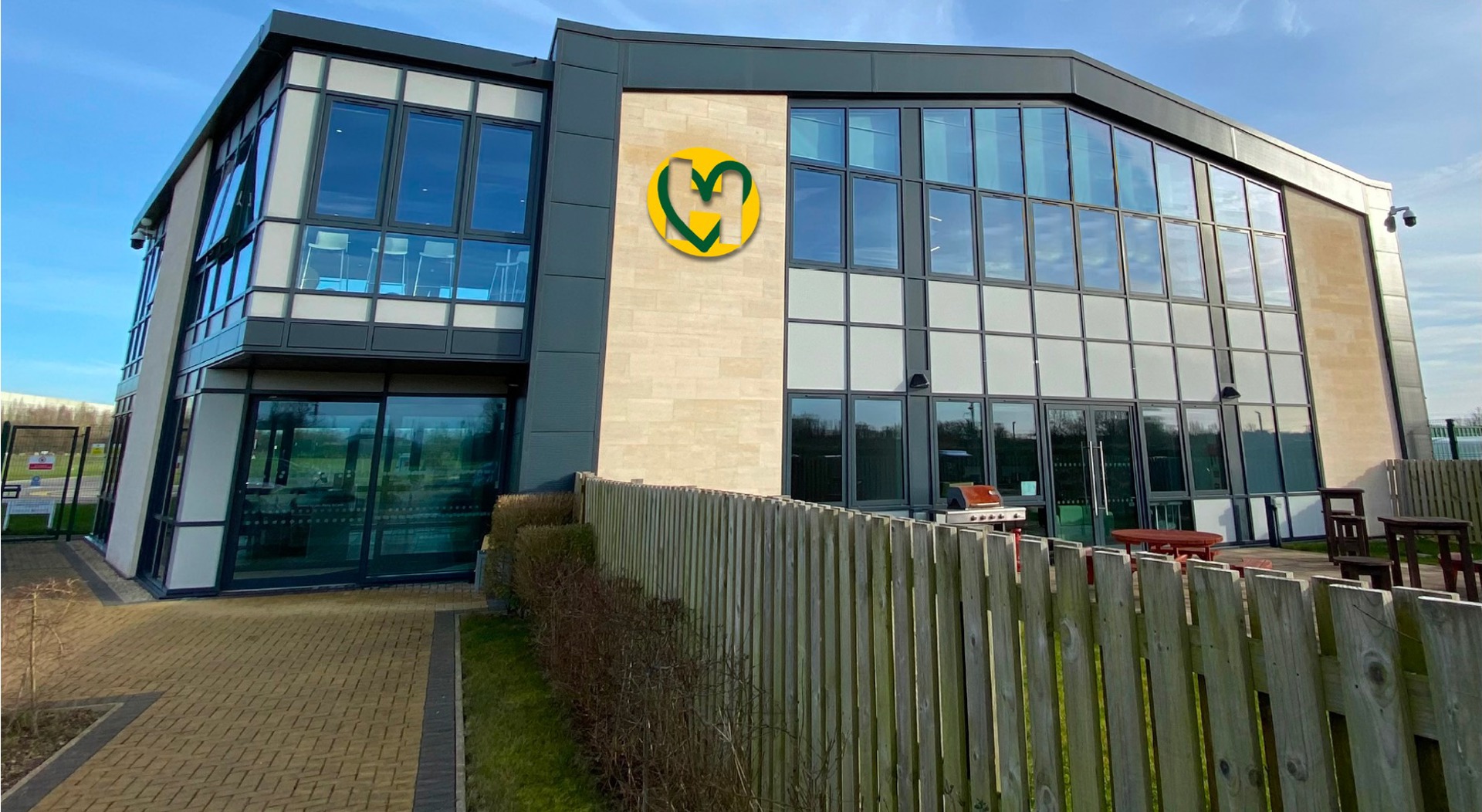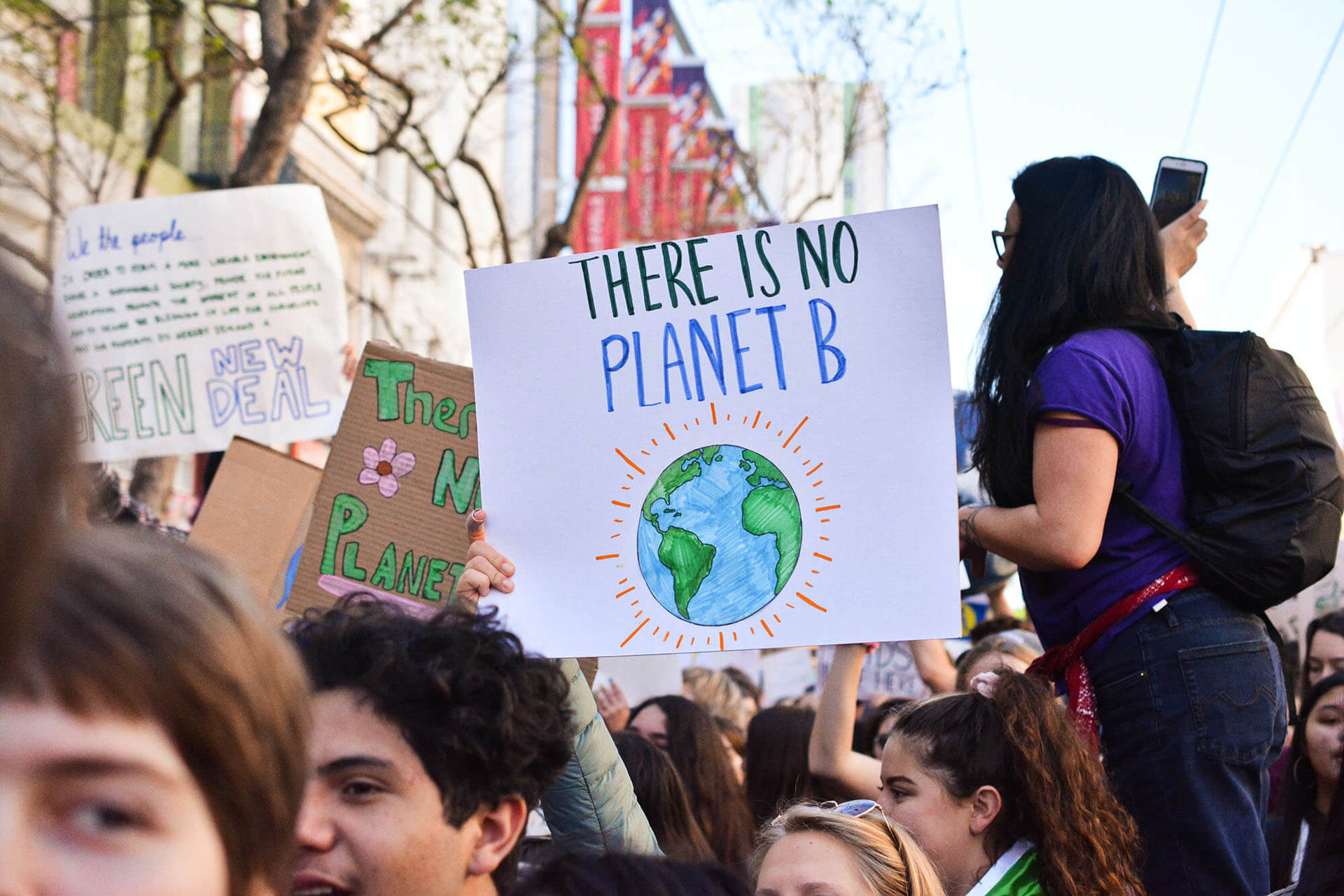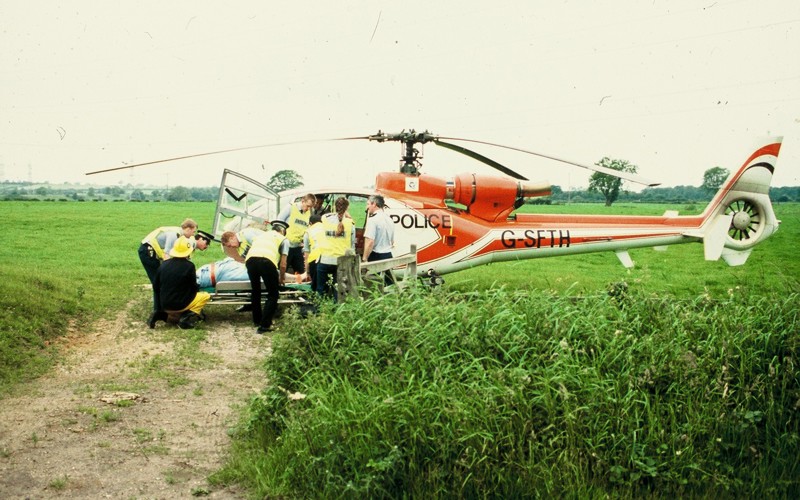Direct greenhouse gas emissions that occur from sources owned or controlled by a company, such as emissions from combustion of fuels in on-site boilers, furnaces, or vehicles.
Sustainability
We are committed to measuring our emissions each year and continuously working to reduce them with the ultimate goal of reaching Net Zero by 2050.
We operate an essential service to people across Wiltshire, Bath and the surrounding counties, but we must also recognise that we fall within an emissions-intensive sector which is aviation. Aviation represents approximately 2.4% of global CO2 emissions; as such we will endeavour to explore any technological changes to assist us in reducing our impact on the environment.
All charities and businesses alike are scoping how they can reduce their carbon emissions. Like them, we are looking at every element of our organisation, whether this be the medical service, back-office functions, general infrastructure or running requirements, as each produces its own element of carbon. Our own sustainability strategy sets out a 68% reduction of carbon by 2030.

Read our 2023 Net Zero Report

All charities and businesses alike are scoping how they can reduce their carbon emissions.
Efforts to decarbonise air travel face significant headwinds due to large technical barriers associated with removing or replacing jet fuel. However, there are promising signs of low-carbon innovation that we hope to benefit from over the next couple of decades. Not only do we aspire to reduce our emissions to Net Zero by 2050, but we also hope to inspire our partners, supporters, suppliers, and other stakeholders to take action.
We appointed Positive Planet in 2022 to measure our carbon emissions. We have made a commitment to measure our carbon emissions every year to ensure we are true to our targets.
"We all aspire to make sustainable choices and actively encourage and support our staff, suppliers and other stakeholders to make those key decisions."
Danielle Friend, director of finance and infrastructure
What does Net Zero mean?
To achieve Net Zero, we will be aiming to reduce emissions in line with the latest science-based targets (SBTs). SBTs are greenhouse gas reduction goals set by organisations.
They are defined as "science-based" when they align with the scale of reductions required to keep global temperature increases well-below 2 C, and ideally below the 1.5 C agreed in the Paris Agreement, compared to pre-industrial temperatures. SBTs provide organisations with pathways to sustainable transformational change to accelerate the transition to a low carbon economy.
Current guidance from the Science Based Targets Initiative (SBTi) states that for most businesses, this means a total reduction in emissions across all scopes by 90% by 2050 at the latest. Carbon removals should then be used to neutralise the residual emissions.

"We have already made progress by selecting a renewable energy supplier, installing electric vehicle charging points, and appointing SmartTech Energy to review our energy usage as well as explore options for solar."
Danielle Friend, director of finance and infrastructure
Key definitions
Net Zero
When a business has reduced its Scope 1, 2 and 3 emissions by as much as possible, leaving only 'residual' emissions, which cannot be removed. Carbon removals should then be used to neutralise the residual emissions.
Carbon Neutral
A carbon neutral business has committed to reducing emissions, and in the meantime balances its remaining emissions through carbon removal/offsetting schemes.
Zero Emissions
When no carbon is produced directly from a particular activity, product or service (such as the running of an electric van or an electric cooker on electricity produced through solar power).

Our carbon emissions
In devising a carbon reduction plan with the goal of achieving net zero it is critical that we first understand where our emissions come from. To support this, we have partnered with Positive Planet to measure our emissions.
How our carbon footprint is calculated
Using the GHG Emissions Protocol Standard, business emissions are identified using three scopes of emissions. Six Greenhouse Gases are calculated as part this emissions report, known as the six Kyoto Protocol GHGs. These gases occur the most often as a result of business activities, with the highest Global Warming Potential. For the purposes of emissions reporting, these gases are simplified and measured in the unit of tonnes of carbon dioxide equivalent (tCO2e).
Our targets
We aim to:
- Reduce our Scope 1 & 2 emissions* by 25% by 2026, and 42% by 2030.
- Reduce our Scope 3 emissions* by 42% by 2030.
- Reduce aviation fuel emissions by 35% by 2030, 40% by 2035, and 65% by 2050.
- Become Net Zero by 2050 at the latest.
*excluding emissions related to aviation fuel.
We are aligning to the SBTi’s Net Zero targets. The SBTi’s Aviation Pathway is still in development and not entirely useable for us yet (only suitable for commercial airlines at present), and we may therefore need to adjust our targets in the future when guidance is updated. The majority of our targets currently follow the SBTi’s cross-sectoral guidance.

"Only 11% of businesses currently measure their carbon emissions, we are very proud to be one of them. This is the first important step in our carbon reduction journey, and we look forward to continuing our ambitious work."
Danielle Friend, director of finance and infrastructure
Our roadmap to Net Zero
-
2023
- Started measuring green emissions
- Created a Green Team
- Switched to 100% renewable energy tariff
- Monitor and adjust office temperature controls
- Partnered with Terracycle on a community project
- Installed electric vehicle (EV) chargers
- Launched an EV salary sacrifice scheme
- Partnered with SmartTech Energy to review energy optimisation opportunities
-
2024
- Install air circulation system for optimal heating
- Commit to improving data quality
- Added requirement for tenders >£10,000
- Develop and implement sustainable procurement and travel policies
- Installed solar panels
- Delivered Carbon Literacy to 71% of the workforce
-
2025
- Increase coverage of sustainability tender requirements
- Engage with most important supplies
- Improve business travel data quality
- Look into setting up a home renewable energy scheme
- Establish a fleet audit route
- Offer additional incentives/schemes relating to commuting or homeworking
-
2026
- Aim for 100% of employees Carbon Literate certified
- Embed training in new employee onboarding
- Measurement of downstream emissions (investments)
-
2027
- Create a system for annual supplier data
-
2028
- Review alternatives to gas boiler
- Create supplier assessment criteria
-
2029
- Research the feasibility of using Sustainable Aviation Fuel (SAF) to power our helicopter
-
2030
- All fleet cars electric
- Assessment of progress to date and production of 2040 roadmap

Summary
We are proud of our progress to date and our ambitious decarbonisation targets as we aim to become Net Zero by 2050.
Making a positive impact is part of our company culture and our roadmap provides feasible steps to help us protect our planet.
Engagement is an extremely vital piece of our climate puzzle, and we remain committed to engaging, education and inspiring change amongst our colleagues, suppliers, partners, and wider networks.
Whilst we reflect on our accomplishments to date, we look to the future and are excited by further opportunities to instigate change that will benefit our planet and people for generations to come.
Have you been treated by us?
If you or someone you know has been treated by our critical care team, it would be great to hear from you. We can arrange for a visit to the airbase for the chance to meet our pilots, paramedics and doctors.


